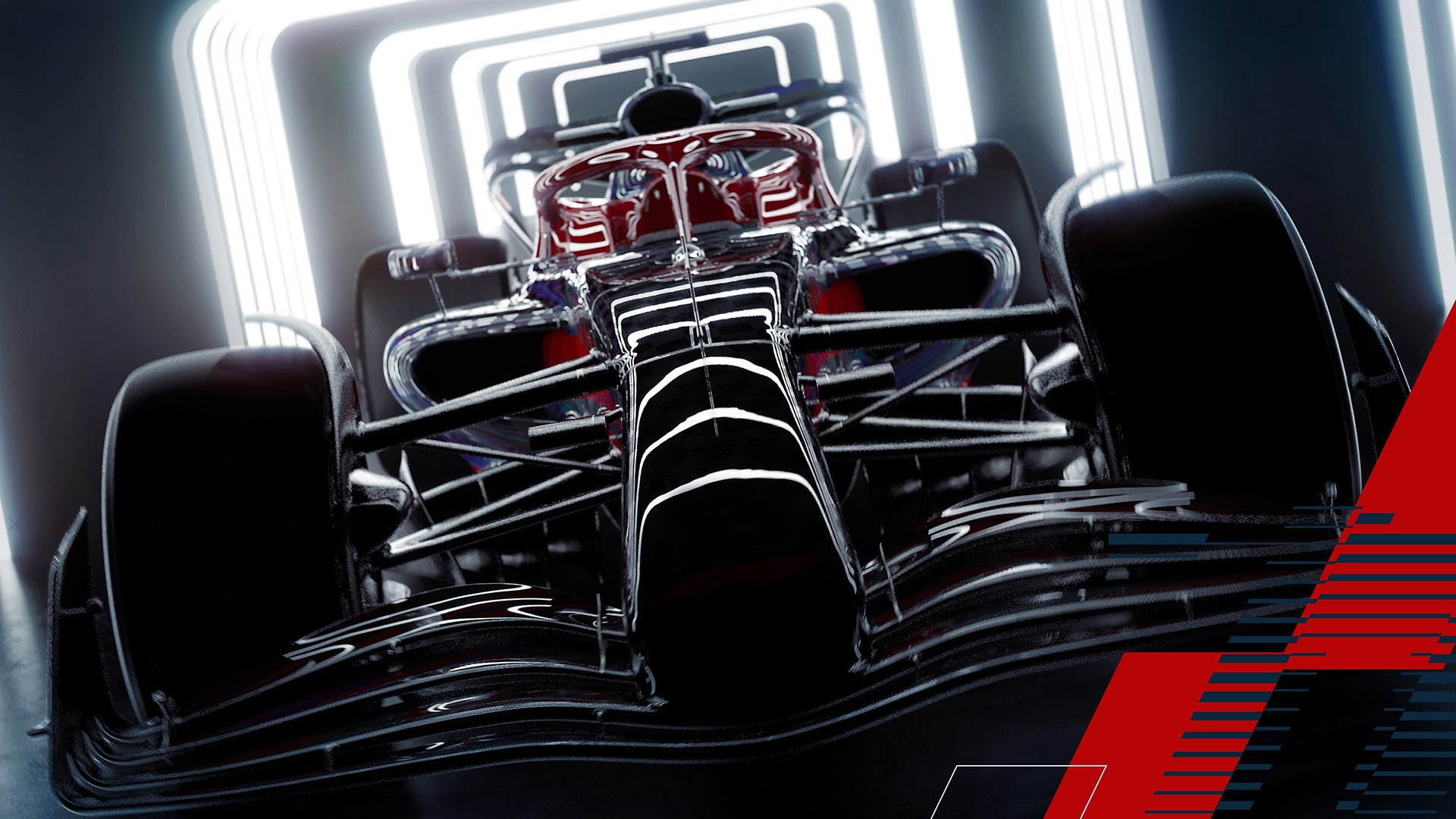Formula One returns once again, with Codemasters’ Ego engine remaining as the power plant at the heart of the experience. Due to the essential nature of the game, a superficial comparison of the new F1 22 up against last year’s offering shows a lot of similarities: just like last year, PlayStation 5 and Xbox Series X are offering up native 4K resolutions with Series S at the back of the pack with a 1080p resolution, all systems using dynamic resolution scaling to maintain performance. There’s also ray tracing support, 120Hz features – basically everything you’d want from the experience – but thankfully, no porpoising, meaning that the game of the sport steers well clear of this year’s controversy.
For console users at least, F1 22 changes where it needs to. Obviously, the new cars, liveries and drivers are in place, while the circuits are tweaked in line with their real-life counterparts, along with a small boost to detail. Similar to last year’s offering, ray traced reflections are also part of the mix. However once again ray tracing features only engage in out-of-race sections on console, such as replays, which are accompanied by a drop to 30 frames per second. Interestingly, Xbox Series consoles (even Series S) appear to benefit from some in-cockpit RT reflections not found on PS5 or even PC – likely a bug or omission. The good news for PC users is that RT can be enabled throughout the gameplay itself, albeit at a huge performance penalty.
Another win all round: ray-traced transparencies are a new feature to F1 22, adding a reflective property to transparent materials such as glass. Most notably this appears across the new roster of supercars – where glass windscreens are included – and as such they’re easy to spot in the game’s new F1 Life exhibition spaces, across the main menu. RT transparencies are a neat extra flourish that work beautifully with the existing RT effects – such as reflections and shadows. It appears as a brand new toggle on PC, and is included on PS5, Xbox Series X and even the S model.
Beyond this minor variation between the machines, the differences are few and far between, bar a bizarre multi-colour artefact under cars in pre-race scenes – seen only on the PS5 build. But that’s the extent of the differences next to Series X, and most other settings look identical. Looking to Series S, it’s remarkable how close it is in overall look to its more powerful counterpart. Accepting it is running at a quarter of the resolution, at 1080p, it’s pushing a very similar end result in cutscenes and gameplay. The only visible drawback on Series S is that ray-traced reflections are rendered at a lower resolution.
On the surface then, there are gains on console for this year’s installment – if small. Perhaps the bigger additions overall this year are on PC with VR support making the cut. F1 22 is now compatible with a range of VR headsets on PC, nicely suiting the cockpit view. This is a PC-exclusive feature for now, with Codemasters telling us that there are no plans for PSVR2 support as yet, though hopefully the team will reconsider closer to the headset’s release. Also new to PC is support for Nvidia’s DLSS scaling technology. There are also plans to add in AMD’s equivalent FSR 2.0 down the road, but for now VR headset support, DLSS and extra ray-tracing features show PC is in a great place. And honestly, for anyone wanting to use the game’s top settings – like all the ray-tracing toggles – having DLSS support makes a big difference in keeping performance in check.
